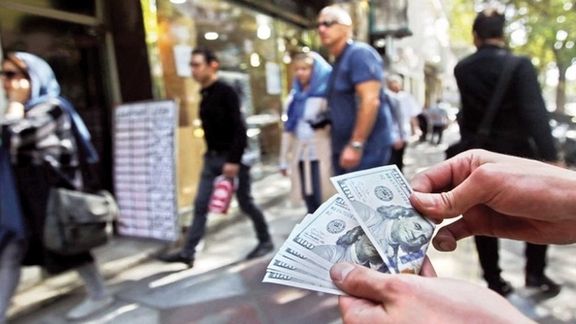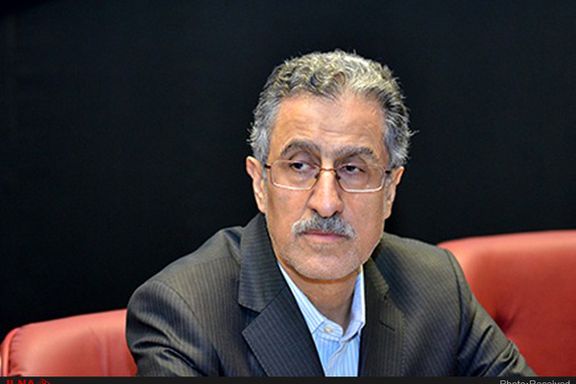Capital Flight From Iran Reaches At Least $10 Billion Per Year

An Iranian trade official has confirmed the massive outflow of capital from the Islamic Republic, which many blame for the recent massive fall of the national currency rial.

An Iranian trade official has confirmed the massive outflow of capital from the Islamic Republic, which many blame for the recent massive fall of the national currency rial.
Head of Tehran Chamber of Commerce, Industries, Mines and Agriculture Masoud Khansari said in an interview with ILNA website in Tehran on Monday that the annual outflow of capital has reached about $10 billion.
The Central Bank of Iran issued a statement January 3 saying that only from March 21 to June 20 $10 billion capital was sent abroad.
Noting that the social and economic conditions of the country have become difficult, he said that startups and new fintech can make up for the loss but in the current situation large numbers of experts and elites are emigrating from the country.
He mentioned Turkey as an example, saying that when the Islamic Revolution took place in 1979 the economies of these two neighbors were similar but now Turkey has surpassed Iran by at least $500 billion annually. Turkey’s gross domestic product is at $815.3 billion while Iran’s GDP is at $231.5 billion.
Khansari also maintained that the Islamic Republic’s inability to sell oil through normal channels has cost the country's economy more than $100 billion. His figure seems somehow odd as according to OPEC, Iran has lost more than $450 billion in income from oil sales in the past 10 years due to the sanctions.
According to a recent report by Iranian state media, at least $97 billion of capital exited the country’s economy in a period of 10 years up to March 2022.

The constant outflow of capital shows a widespread and strong distrust of the Islamic Republic’s economic and even its political stability. Many of the people sending their money out of the country could be the very regime insiders who profit from their political connections to make large financial gains.
Iran’s battered currency regained 10 percent of its value this week after a new central bank chief assumed office following a drop to historic lows in December. The US dollar hovers around 400,000 rials down from a high of 440,00 last week, a 10-percent gain for the Iranian currency that has fallen more than 10-fold since 2018. Even with the rise on January 1, the currency is still 30 percent lower than in August and almost 50 percent less than in mid-2021, when the current hardliner president Ebrahim Raisi was elected and appointed other hardliners to top positions.
The new central bank chief Mohammad-Reza Farzin announced the bank’s “appropriate intervention” in the market as he began his first official day at work on December 31, without explaining why the rial has fallen to unprecedented lows.
During the cabinet meeting where Farzin was appointed, President Ebrahim Raisi stressed the importance of controlling the value of foreign currencies, asking the central bank chief to “manage” the situation.
An official during the presidency of Mahmoud Ahmadinejad, Farzin has made obscure promises to control the falling currency but the devaluation of the rial does not seem to be the result of only temporary factors that could be managed. The country’s economic system is corrupt and nepotistic, and only a selected few elites have access to cheap dollars that the government provides. Every now and then the government injects dollars into the free market to upend the chain of supply and demand but considering the sanctions that hinder the free flow of petrodollars into the country, every remedy proves to have a temporary effect.
Rial’s current wave of decline began in early 2018 when the United States decided to withdraw from the Obama-era nuclear accord with Iran, known as the JCPOA and impose ‘maximum pressure’ sanctions. The country’s oil exports, its economic lifeline, and international banking came under US third-party sanctions, meaning that any company or country violating the restrictions could itself come under US sanctions.
The rial which was then around 34,000 to the dollar began to fall, with the government forced to offer cheap foreign currency to importers of essential goods, to protect people from an inflationary shock. The government’s fixed-rate 42,000 rials for one dollar soon became a source of abuse by people who claimed to be importing essential goods, like food or raw materials, and instead imported luxury cars or simply turned around and sold the cheap dollars on the free market making huge profits.